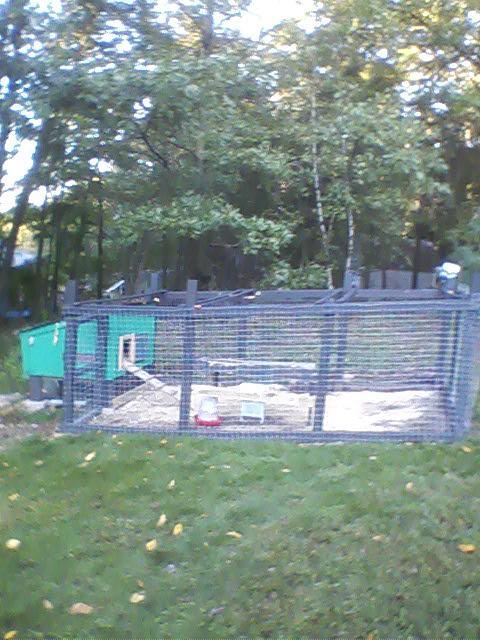- May 19, 2011
- 158
- 0
- 112
I've read some posts on winterizing the coop and run. I placed two small roof type vents in my coop to aid ventilation in the warm weather. They are about 3 by 10 inches. Would you reccomend sealing them with plastic for the winter? Also, how much snow will they stand in, literally? My run is about 6 by 12 feet, and was wondering if I should cover with a tarp. Their food source is about four feet from the door, and is covered. Or just put the food inside? And I was planning on putting in a heated water supply in the coop. Coop is about 4x4 ft with a sloped roof, from 30 inches to 24 inches.
Thanks
Thanks
Last edited:






